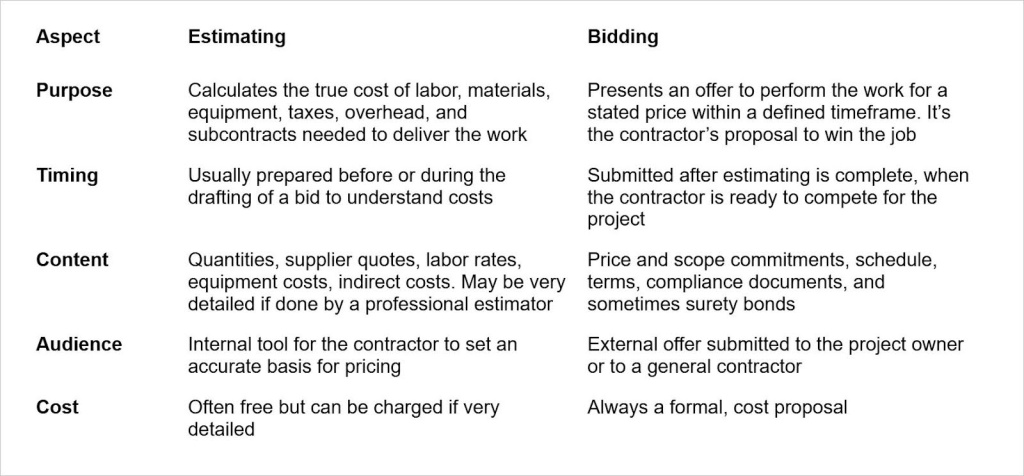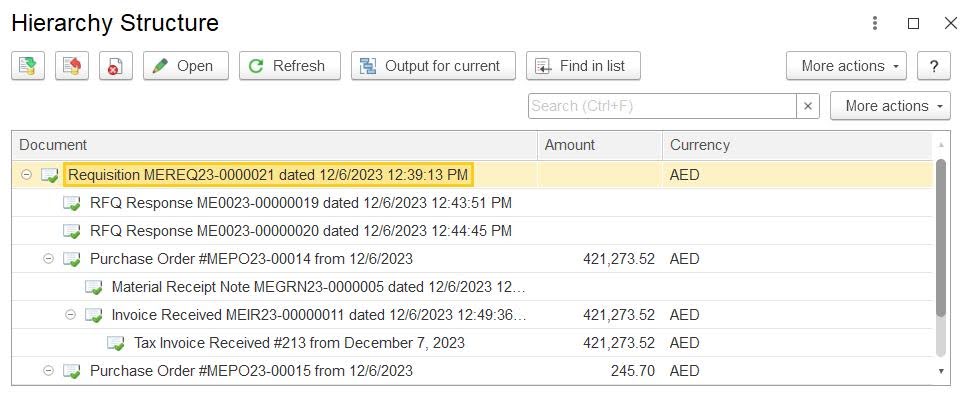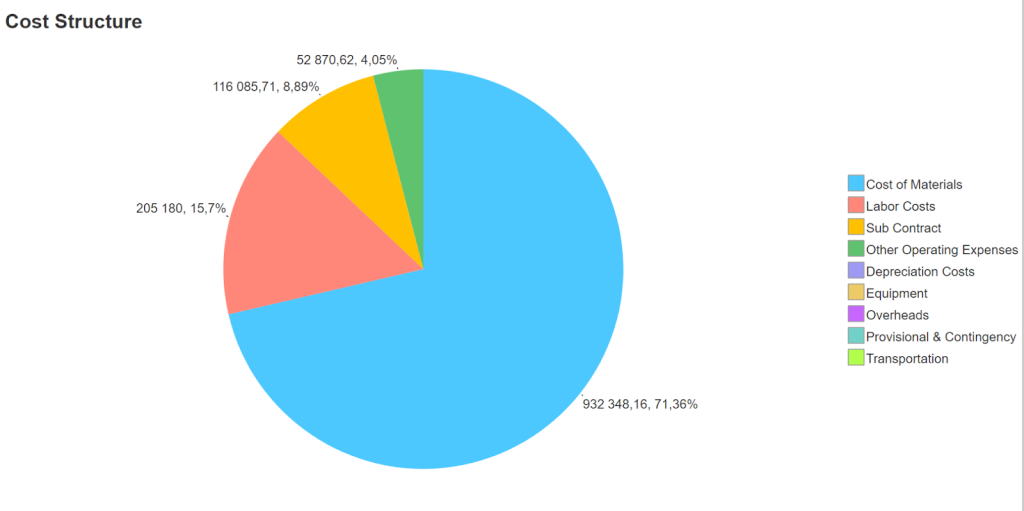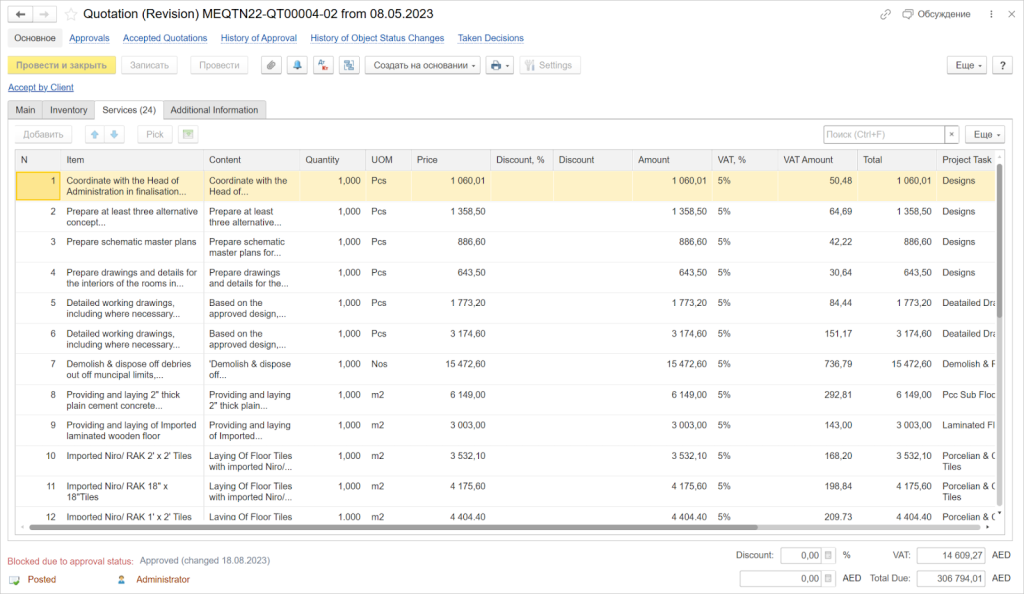A weak bidding process is one of the quickest ways for a construction project to lose money before it even begins, and the scale of that risk is stark:
A McKinsey study reviewing 532 projects found average cost overruns of 79% and delays of 52%, underscoring how costly weak bidding and preconstruction can be.[?]
Vague requirements, rushed cost estimates, and scattered documentation can lead to prices that are too low or too high, disputes, or delays once work begins.
Handled properly, bidding establishes a clear baseline for scope, cost, and quality, providing project owners and contractors with a fair and transparent framework to align expectations and mitigate risk.
This article explains how different bid types work, how bidding differs from estimating, and how to use technology to turn each bid into a predictable, profitable part of project delivery.
What Is a Construction Bid
In construction, a bid is the formal offer a contractor submits to take on a project under specific terms. It sets out the contractor’s proposed price and approach for delivering the work described in the tender documents. The bid becomes the starting point for negotiation or contract award once a client selects a preferred proposal.
Purpose of a Construction Bid
A well-prepared bid gives project owners a clear basis for comparing proposals, choosing qualified contractors, and ensuring that public or private funds are spent effectively. By laying out price, methodology, and timelines up front, it also helps clients evaluate whether the bidder understands the project and can deliver it to specification.
Key Elements of a Construction Bid
Contractors normally include detailed cost estimates based on drawings, specifications, and quantity takeoffs. These estimates cover materials, labor, equipment, and overhead, plus a profit margin.
Bids may also contain schedules, technical solutions, risk allowances, and compliance documents. In many cases, especially for public projects, surety bonds or guarantees are required to show the contractor can perform as promised.
Importance of Construction Bidding
A transparent bidding process controls costs and reduces disputes by making expectations explicit before work starts. It also supports risk management and quality assurance by screening contractors on both technical and financial grounds. For contractors, consistent, accurate bidding improves win rates and helps ensure projects remain profitable and deliverable once awarded.
Bidding vs. Estimating
Estimating is about working out what a project will actually cost you to deliver, while bidding is about packaging that information into a persuasive offer to win the work.
Accurate estimates help you price your bid correctly, avoid underquoting, and protect your profit once the project starts. A clear bid, built on a solid estimate, helps the client understand what you’re offering and why you’re qualified to do the job.
Win more profitable contracts
Plan tenders with FirstBit
Request a demo
Construction Bid vs. Tender
In construction, a tender is the formal document issued by a project owner to invite qualified contractors and suppliers to compete for a contract. It outlines the scope of work, timelines, and contractual framework, creating the conditions for fair competition.
A bid, on the other hand, is the contractor’s response to that invitation — their detailed offer to deliver the project under the terms described in the tender.
The tender acts as the project owner’s “rulebook” for competition, while the bid is the contractor’s “offer to deliver” within those rules. A clear tender attracts better bids, and an accurate bid built on realistic estimating improves a contractor’s chance of winning profitable work.
This is significant because, on average, commercial contractors only win about 1 out of every 4 bids. In other words, if they submit 10 bids, they'll secure just 2 or 3 projects. In the public sector, the odds are even lower, with often only 1 or 2 wins for every 10 bids submitted.[?]
Main Types of Construction Bids
Each bidding method offers a different balance of competition, quality, and speed, so knowing their differences helps choose the right approach for each project.
Open Bid
An open bid allows any qualified contractor to submit a proposal to perform specified construction work. The project owner publicly shares the bid package with full project details, creating a level playing field.
Pros
-
All contractors have an equal chance to compete for the work.
-
Transparent process that encourages fairness and prevents favoritism.
-
A large pool of bidders drives competitive pricing and often lowers costs.
Cons
-
Reviewing a high number of submissions can be time-consuming and expensive for the owner.
-
High risk of awarding to the lowest-priced bidder without sufficient focus on quality.
-
Contractors spend time and money preparing bids that may never be reviewed in depth.
Selective Bid
In a selective bid, the client invites only a pre-screened list of contractors with proven expertise or past performance to submit their proposals.
Pros
-
Greater likelihood of receiving quality bids from vetted contractors.
-
Saves time and resources for both owners and bidders since only qualified firms participate.
Cons
-
Limited competition may lead to higher bid prices.
-
New or smaller firms often have no access to the opportunity.
-
It can create perceptions of bias or favoritism if selection criteria are unclear.
Negotiated Bid
A negotiated bid involves the project owner approaching one contractor (or a very small group) to negotiate terms directly, usually because of the contractor’s specialized skills or prior relationship.
Pros
-
Faster contractor selection and quicker project start-up.
-
Early collaboration improves project planning, buildability, and cost certainty.
-
Reduces risks on specialized or time-sensitive projects by engaging experienced contractors.
Cons
-
Absence of competitive pricing can result in missed cost savings.
-
New contractors have almost no entry point into this process.
-
Bid prices can be higher compared to open bidding due to a lack of market pressure.
Keep every project profitable
Request a demo
How FirstBit Helps To Manage All Types of Construction Bids
Bids succeed when data is clean, processes are streamlined, and approvals are transparent. Here, digital tools such as the FirstBit ERP system for construction help by providing centralized data, version control, and live pricing and labor data, which drive timely, precise bid responses.
Single Source of Truth for Bids and Documents
An ERP system streamlines bidding by consolidating real project data in one place, so estimates draw on actual costs from past jobs rather than guesswork. Each document or template uploaded or generated in the ERP carries a unique revision number and timestamp.
When you edit or upload a new file, the system saves it as a new revision instead of overwriting the previous one, ensuring older versions remain in the history and can be restored if needed.
Streamlined Bids Through Real-Time Data Integration
An ERP system links estimating, procurement, and scheduling, so when you price a bid, you access real-time material costs, labor rates, and subcontractor availability instead of relying on outdated spreadsheets.
The estimator queries the ERP for live prices from approved suppliers, current labor rates, and subcontractor capacity for the upcoming quarter. This integration eliminates stale data and helps ensure the bid reflects actual market conditions and resource availability.
End-to-End Bid Management with Trackable Documents
All documents and revisions are tracked, enabling rapid production of complete bid packages that meet submission deadlines without missing attachments. For large projects, bids typically require approvals from estimating, finance, and legal.
The ERP guides the bid through an automated workflow, delivering electronic approvals and a comprehensive audit trail showing who approved what and when. Management receives a timely notification to review and finalize the proposal.
Conclusion
Bidding well is not just about submitting a low price or a neat proposal. It’s about creating a repeatable, data-driven process that pulls from real project information, keeps documents organized, and uses every bid to improve the next one. Companies that approach bidding as an ongoing system, rather than a one-off task, steadily improve their win rates and reduce costly mistakes.
With disciplined internal practices supported by integrated tools like ERP platforms, contractors can link estimating, procurement, scheduling, and billing in one workflow. This turns bidding from a last-minute scramble into a predictable process that protects margins, meets deadlines, and strengthens client confidence, moving from simply winning jobs to consistently delivering them profitably.
Build stronger client relationships
Organize contacts through FirstBit ERP
Request a demo
F.A.Q.
How can construction firms turn their past bids into a knowledge base for future projects?
What internal controls help prevent errors or inconsistencies across large bid packages?
Besides how often you win bids, what financial measures should contractors track to ensure profitability over the long term?
Which type of bid is best for my construction project?

Anna Fischer
Construction Content Writer
Related terms

See FirstBit ERP solutions in action
Discover how our system solves the unique challenges of contractors in a personalized demo.
After the demo you will get a quotation for your company.
After the demo you will get a quotation for your company.








